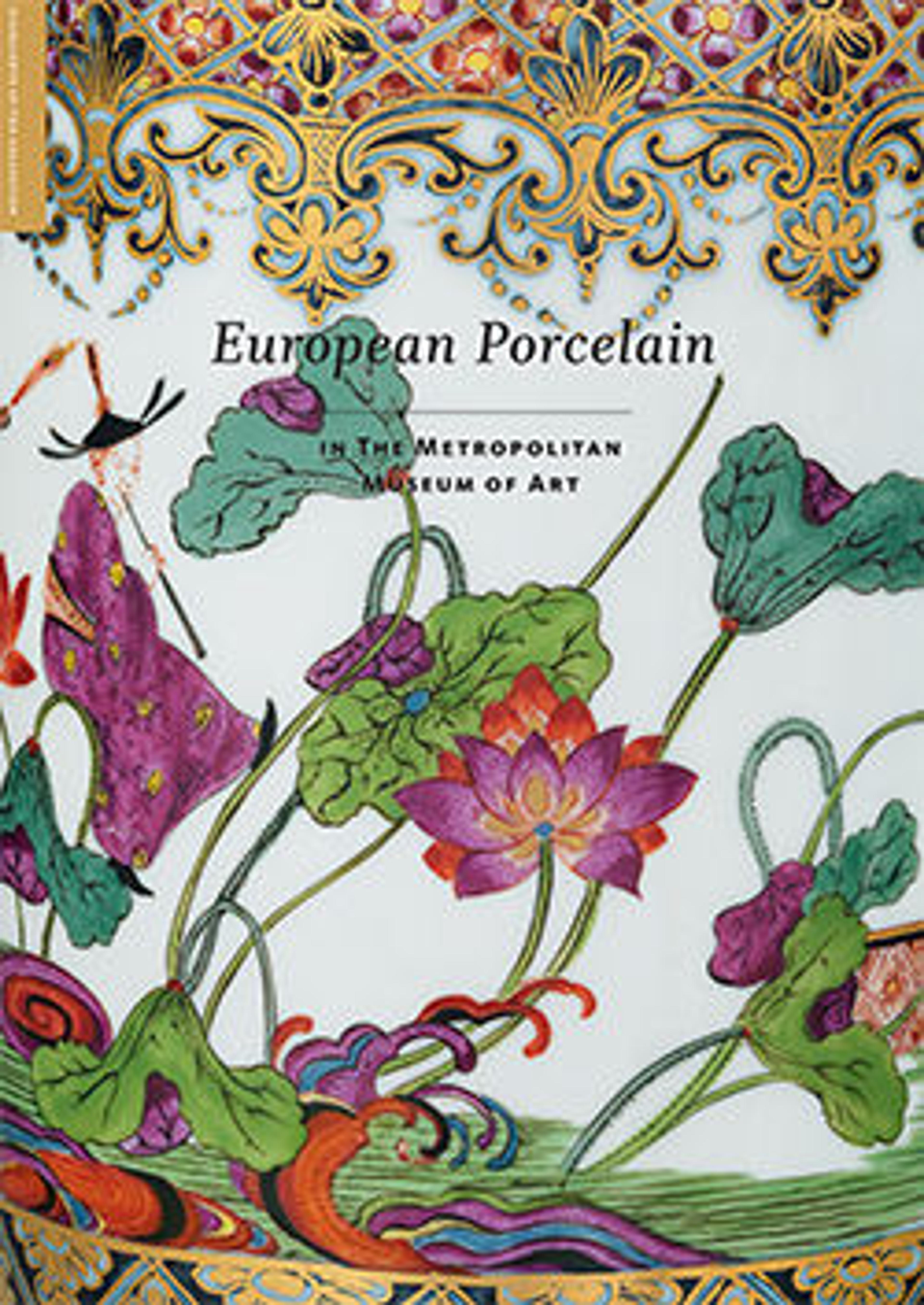The Pottery Seller
The subject of itinerant merchants selling their wares was a popular one in eighteenth-century Europe, and numerous porcelain factories produced figures of street vendors. The Meissen, Sèvres, and Capodimonte factories, in particular, made many such figures, and those produced at Capodimonte are among the most engaging. Giuseppe Gricci (1700–1770) was the head modeler at Capodimonte, and he is credited with creating the models for these street peddlers.
For The Pot Seller, Gricci used a print by the Italian artist Annibale Carracci (1560–1609) as his source. In his three-dimensional depiction of a man selling pots, although Gricci was very faithful to the composition and specific details of Annibale's engraved image, he has imbued his figure with a sense of movement and spirit absent from the original print. Many of the figures produced at Capodimonte are painted with a minimal amount of enamel decoration, and the balance between the painted details and the white, luminous porcelain contributes greatly to their aesthetic appeal.
For The Pot Seller, Gricci used a print by the Italian artist Annibale Carracci (1560–1609) as his source. In his three-dimensional depiction of a man selling pots, although Gricci was very faithful to the composition and specific details of Annibale's engraved image, he has imbued his figure with a sense of movement and spirit absent from the original print. Many of the figures produced at Capodimonte are painted with a minimal amount of enamel decoration, and the balance between the painted details and the white, luminous porcelain contributes greatly to their aesthetic appeal.
Artwork Details
- Title: The Pottery Seller
- Manufactory: Capodimonte Porcelain Manufactory (Italian, 1740/43–1759)
- Modeler: Model attributed to Giuseppe Gricci (Italian, ca. 1700–1770)
- Artist: After a print by Simon Guillain II (French, born Paris, 1618) of 1646
- Artist: of a drawing by Annibale Carracci (Italian, Bologna 1560–1609 Rome)
- Date: ca. 1745
- Culture: Italian, Naples
- Medium: Soft-paste porcelain, decorated in polychrome enamels, gold
- Dimensions: Overall (confirmed): 7 7/8 × 3 5/8 × 4 1/8 in. (20 × 9.2 × 10.5 cm)
- Classification: Ceramics-Porcelain
- Credit Line: Gift of Douglas Dillon, 1982
- Object Number: 1982.450.4
- Curatorial Department: European Sculpture and Decorative Arts
More Artwork
Research Resources
The Met provides unparalleled resources for research and welcomes an international community of students and scholars. The Met's Open Access API is where creators and researchers can connect to the The Met collection. Open Access data and public domain images are available for unrestricted commercial and noncommercial use without permission or fee.
To request images under copyright and other restrictions, please use this Image Request form.
Feedback
We continue to research and examine historical and cultural context for objects in The Met collection. If you have comments or questions about this object record, please contact us using the form below. The Museum looks forward to receiving your comments.
